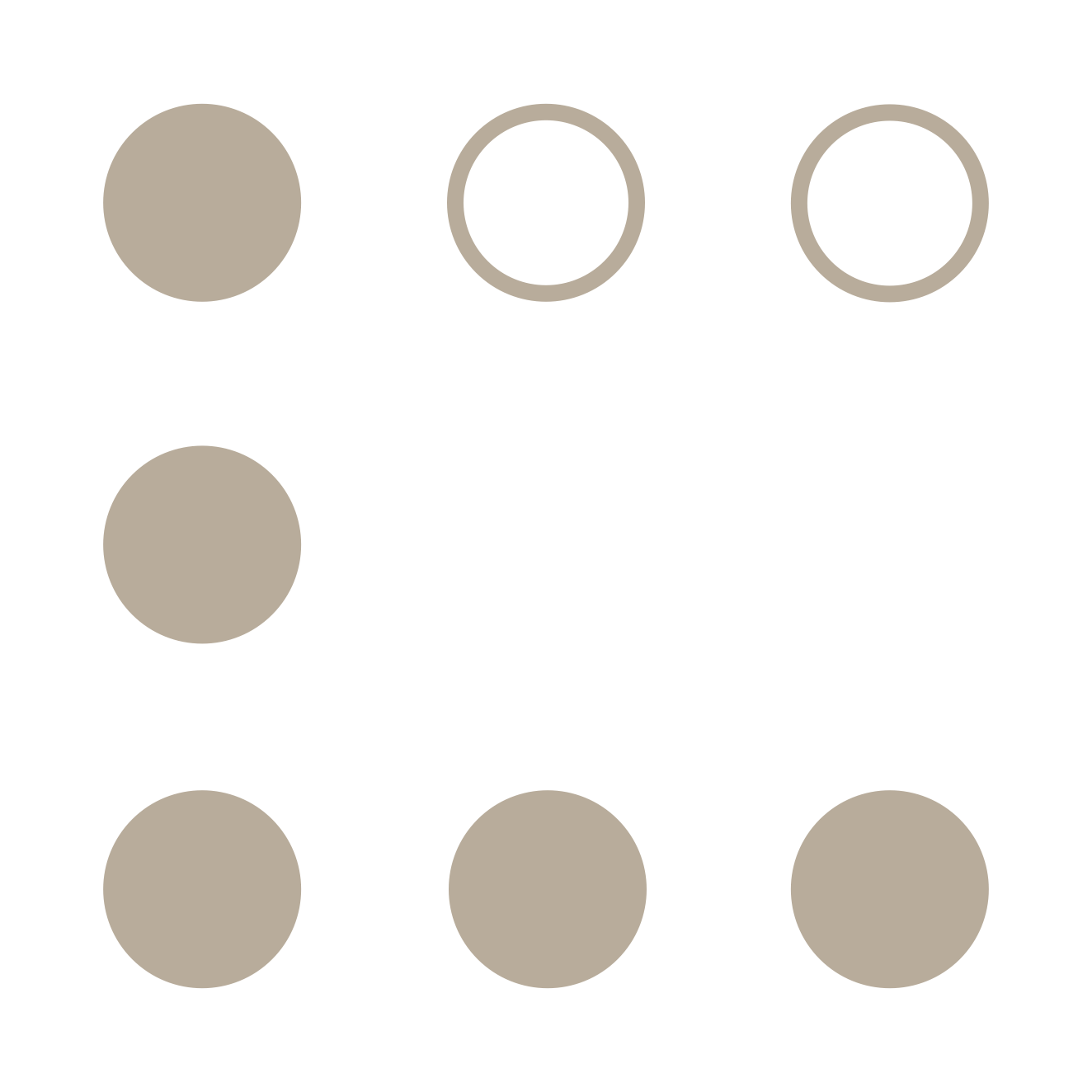 I recently took a quick trip back to my birthplace and was accompanied by my 4-year-old. Much to my astonishment she asked me to visit a school because she was interested in seeing how children learned in Suriname. I went to the nearest primary school but as expected she got cold feet. As a substitute I decided to drive past my old high school and give her my experience. Needless to say I gesticulated on the highlights and conveniently left out all failures.
I recently took a quick trip back to my birthplace and was accompanied by my 4-year-old. Much to my astonishment she asked me to visit a school because she was interested in seeing how children learned in Suriname. I went to the nearest primary school but as expected she got cold feet. As a substitute I decided to drive past my old high school and give her my experience. Needless to say I gesticulated on the highlights and conveniently left out all failures.
Later that night I was catching up on my reading and came across this article: There’s one key difference between kids who excel at math and those who don’t. It triggered a traumatic flashback of my high school days which I seem to have suppressed. When I first encountered math it did not excite me. I could not relate to it, I found it useless. I might have projected this during class which initiate a horrible response from my teacher. He basically said: you will never learn math, you’re stupid!
Now imagine the impact of this statement on a 12-year-old. While I tried my best to prove him wrong on the stupid part, he completely ignored me all through high school. I failed miserably at math since day one and it caught up with me at college. I was at a point of failing out of school entirely with my only option to join the military. Not an attractive career choice given the fact that a very bloody civil war was raging. As a last resort I sought help from an experience math tutor.
On our first meeting my tutor tried to grade my math level and was amazed I got this far in school without some basic math skills. After a couple of lessons he was on the verge of given up on me when he finally asked why I found it this hard to grasp math. I told him I could not see any real world implications for math. He dedicated the next lesson given me examples of why math is fundamental. I still wasn’t convinced and then he got a brilliant idea: he gave me a scientific calculator to try out some of the math problems I needed to pass my exams. Up until that point it was only pencil and paper, working out each problem manually.
It took two school board meetings and several visits from my parents to convince the school I had not cheated on the tests. They found it inconceivable that I went from no math skills to A+ grade on college level math in 5 months. The school board posted 2 teachers permanently at my side during both my final exams. I passed and the rest is history.
Now how did the calculator help? first, for some odd reason I could better visualize how the problems should be solved using a calculator. I got so proficient at it that I was showing my tutor alternate ways of solving math problems. Second, I just enjoyed punching in keys and seeing results instantly. It was like magic.
Analyzing in hindsight, I was probably reverse engineering the problems in my mind and then running simulations on the calculator to find the correct answers. Due to the speed of the calculator I could get answers quickly and assess intuitively which one was correct. After looking at many results at a quicker pace gave me the ability to spot the right ones over time. That is how I was able to find alternate ways to solve problems. Not much different of how I later did legal research.
So subconsciously I might have already known the answers but I needed the computer to back me up. The calculator was my bicycle of the mind and it inspired me. I hope to offer you the same ride.
Happy Holidays!














